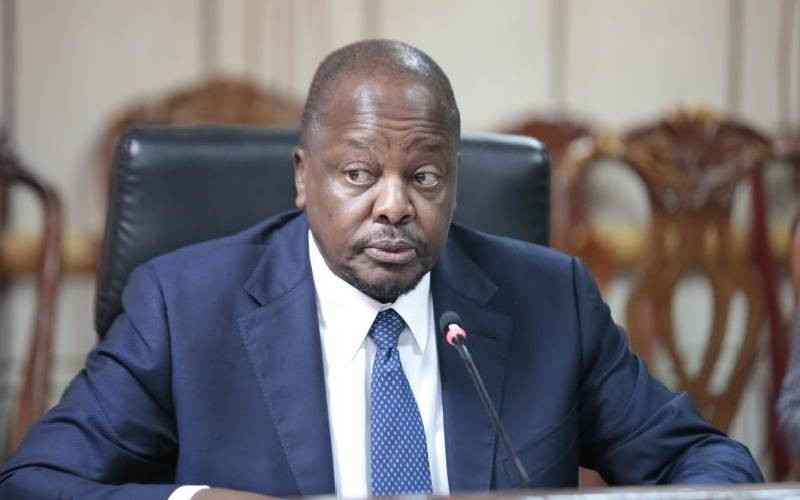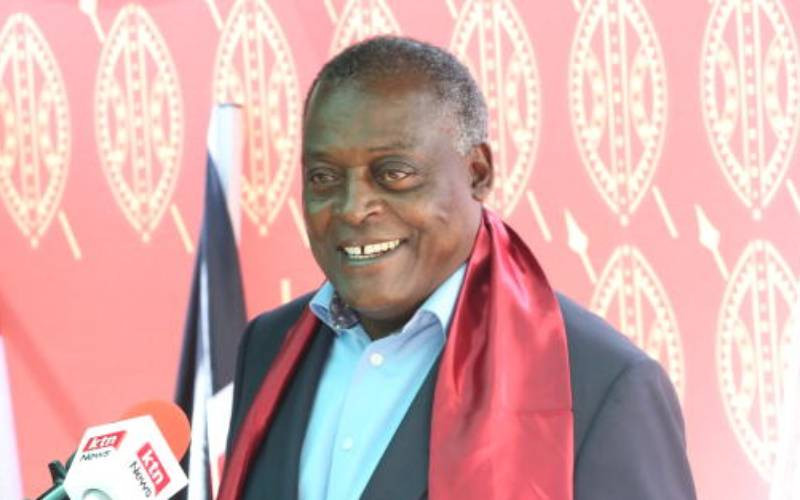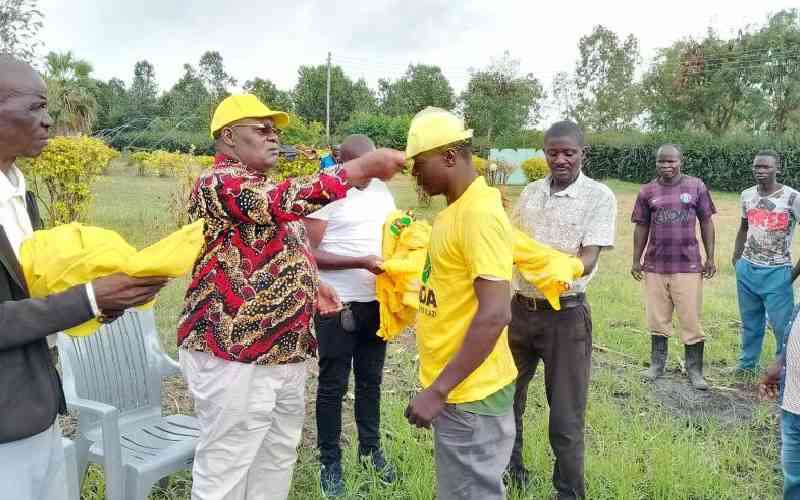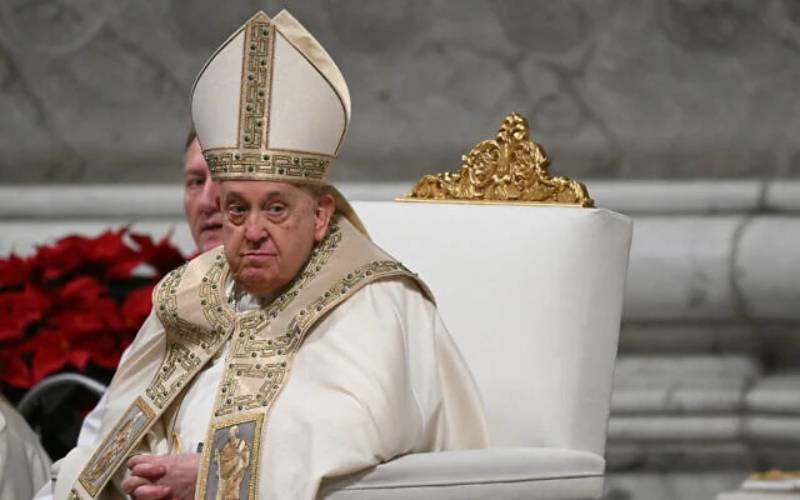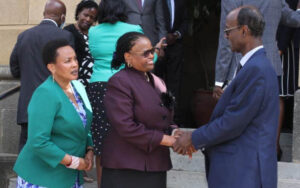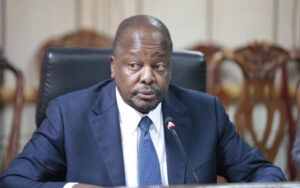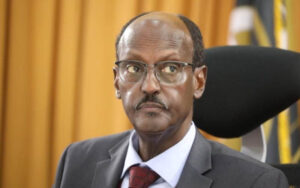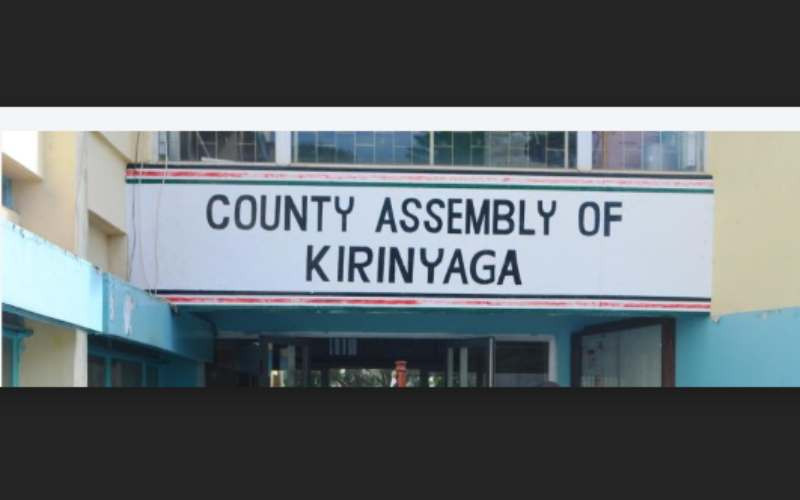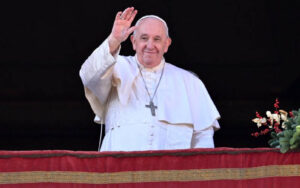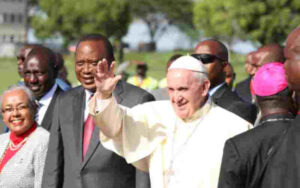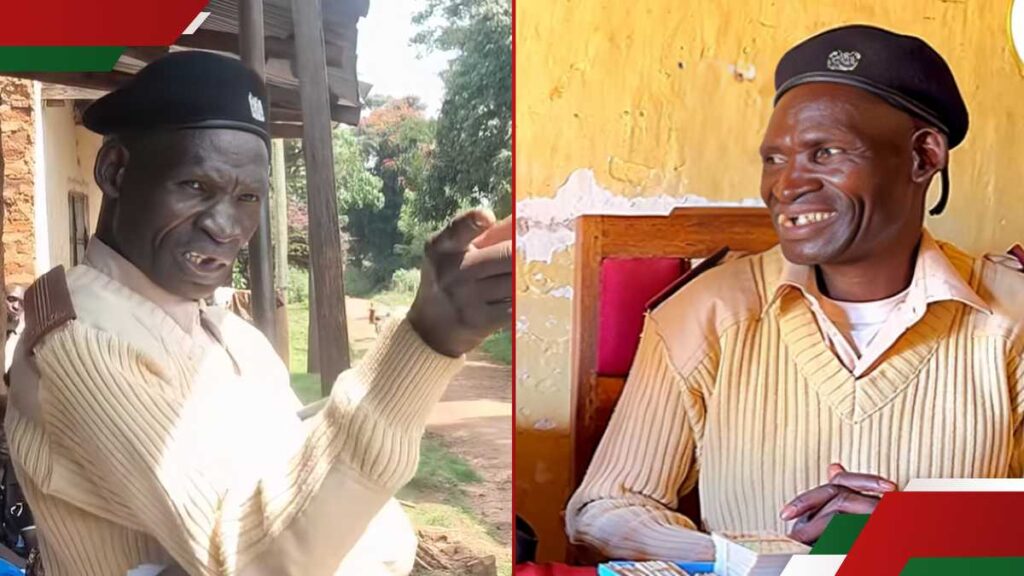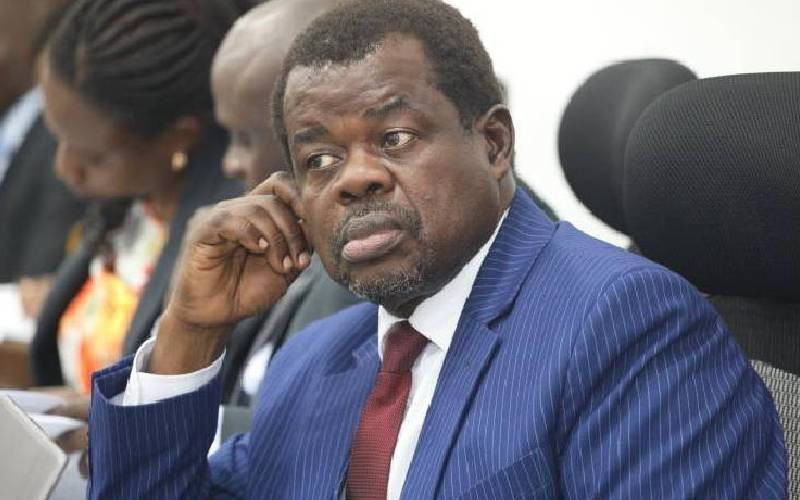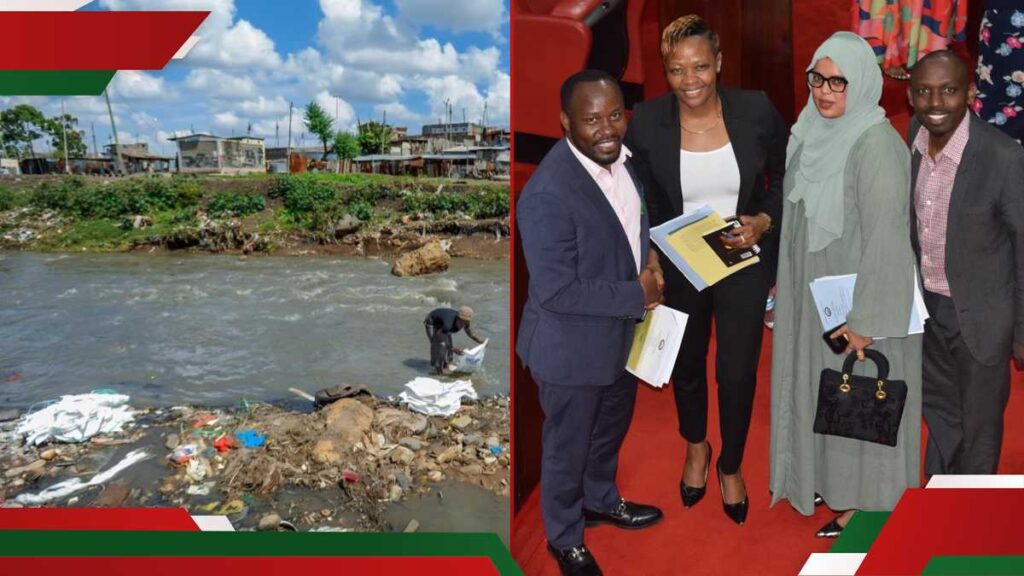The process of choosing a new Pope in the Roman Catholic Church is referred to as papal conclave which follows a highly structured and traditional set of steps.
We delve into the process that culminates in one being named a Pope of the Roman Catholic Church.
Vacant position
Once the Vatican announces the death or resignation of a Pope, the process of searching for his successor begins, but not immediately.
The last time the Church witnessed the resignation of a sitting Pope was in 2013 when Pope Benedict XVI announced his resignation from the papacy, citing age and health concerns.
The position can only be declared vacant following the death or resignation of a Pope.
The Camerlengo, the cardinal who manages Church affairs between papacies, has to verify the Pope’s death and begins preparations for the conclave.
Mourning period
If the Pope has died, a nine-day mourning period also referred to as novemdiales follows, along with funeral rites. During this time, preparations are also made for the election of the next Pope.
Cardinals gather in Rome
All cardinals from around the world then hold General Congregations to discuss Church matters and prepare for the conclave.
All cardinals under 80 years old are eligible to vote (called cardinal electors). This group is usually around 120 in number.
Entering the Conclave
The conclave is held in the Sistine Chapel (a chapel in the Apostolic Palace, the pope’s official residence in Vatican City)
and once it begins, the cardinals are locked in (the word “conclave” means “with key”).
Secrecy is paramount—no outside communication is allowed.
Stay informed. Subscribe to our newsletter
The conclave is opened with a special Mass, Pro Eligendo Romano Pontifice (“For the Election of the Roman Pontiff”).
Voting Process
Voting typically begins the day after the conclave opens. Each cardinal writes a name on a ballot and places it on a special altar.
For a candidate to be elected, he must receive a two-thirds majority of the votes. There are up to four votes per day—two in the morning, and two in the afternoon.
Smoke signals
After each round of voting, the ballots are burned. Black smoke (fumata nera) means no Pope has been elected.
White smoke (fumata bianca) signals that a new Pope has been chosen.
Acceptance and announcement
Once a cardinal receives the required votes, he is asked:“Do you accept your canonical election as Supreme Pontiff?”
If he accepts, he chooses a papal name.
He is then dressed in the papal vestments and introduced to the world from the balcony of St. Peter’s Basilica with the announcement: “Habemus Papam!” (“We have a Pope!”)
Beginning His Pontificate
The new Pope begins his role immediately, although a more formal inauguration Mass is usually held within a few days.



